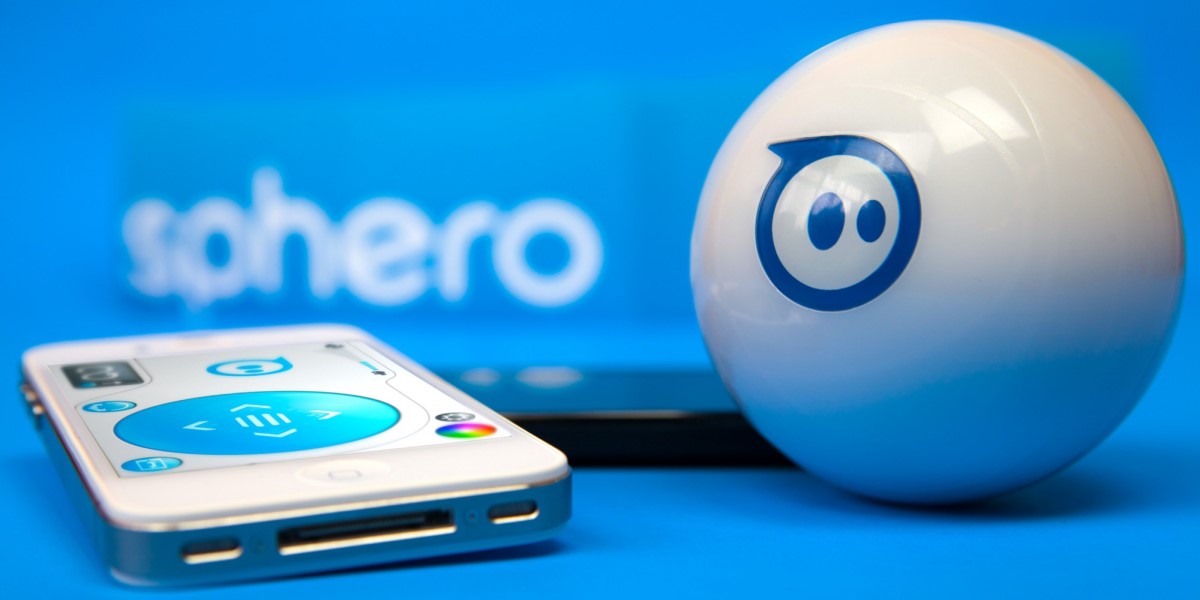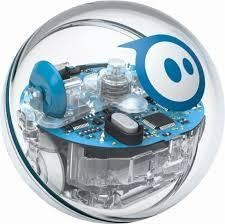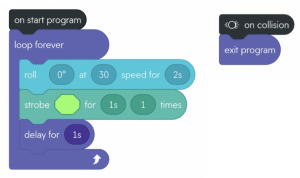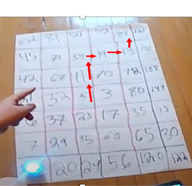Understanding how a spherical robot can help more students gain access to early computing education while enhancing their learning in math.

Some 4th grade classrooms in Washington D.C. feel more like digital playgrounds than math classes this year. Students work collaboratively using Sphero robots to solve tasks that are designed to integrate mathematics and computational thinking. As students program their robots to solve math problems, there are bursts of excited explanations and ideas, the whirring of motors, and the occasional disappointment and debate.
With the growing presence of technology in our world, it is critical that all children have a strong background in computing and computational thinking for STEM careers. Computational thinking (CT) includes a set of skills related to concepts in computer science, such as building a step-by-step algorithm or finding the details of a problem that are really important. Many learners, especially those in under-resourced schools, have relatively little opportunity to engage in meaningful CT learning early in their schooling. One approach for addressing this issue is to integrate CT learning opportunities within existing school structures, like math classes, to make sure that all students get early access to these valuable skills.
Integrating Computational Thinking in Classrooms
This is the approach being explored in Sphero.Math, a project that sees researchers from the Human-Computer Interaction Lab (HCIL) at the University of Maryland, College Park and teachers from the District of Columbia Public Schools (DCPS) working in partnership to design and implement a CT-enhanced fourth-grade mathematics curriculum. The Sphero.Math curriculum allows students to explore mathematical and CT ideas together through the use of Sphero, a spherical programmable robot.

The Sphero robot.
Students can programmatically control Sphero using a tablet or smartphone. Programs take the form of block-based scripts that are used to operate the Sphero. The Sphero’s capabilities include being able to roll, blink its lights, and speak. The Sphero also collects sensor data on how far it has traveled, its velocity, and its acceleration, all of which it can display to the user in a graph.

Sphero programming environment.

Sample block program.
Practicing Translating Between Representations
One STEM skill that Sphero.Math can help with is translating between representations. STEM fields often have multiple representations — tables of data, graphs, formulas, or equations — to present abstract concepts like “velocity” or “force.” Switching fluently between these representations is often a key step in answering questions and succeeding in STEM classes and careers beyond. Our classes allow students to practice this skill because of the multiple representations that are available to them in the moment while working on an activity with the Sphero robot.
For example, one activity asks students to write a program to navigate the robot through a “prime number maze,” where the robot can roll only on numbers that are prime and not composite. Once the students we observed found a path of primes on which to roll, they began by representing this path through a combination of words and gestures. One student explained, “it goes from 5 up to 11 up to 53 down to 19, across to 13, up to 39 and then up to the end,” moving his finger to point to the path as he spoke. His partner noted places that they could write this path in efficient code by using loops, already beginning to translate into the language of programming as he spoke: “Wait, we can just loop this… see it goes there, and then it goes that… [pointing at a series of numbers] so we can just loop that.” This paves the way for the use of loops at specific points in the students’ program.

A student points out a route on the prime number maze.
Squashing Bugs, Learning Lessons
Fixing bugs is also an opportunity to practice translation between representations — in this case, the code and what the robot actually does. Like any robot, Sphero always obeys the program to the letter, with as much precision as it can muster — but this sometimes results in actions that are different than what the students expect. Here, students have the opportunity to see how their code translates into real-world action by the robot. With small programs, the ability to experiment with different code takes just a few seconds, giving students a good chance to test out multiple ideas and see how they translate into motion.
Sphero and CT-integrated math lessons provide an opportunity for students to enhance their math learning while also teaching them about skills and concepts in CT. As our curriculum and others like it continue to evolve, grow, and spread, we hope that more of today’s young learners will have the opportunity to experience growth in their creative and cognitive abilities in this area, get early exposure to what could be a field of interest or even a career path, and gain skills that transfer well into a number of different domains.
Originally published 5/14/2021 on the UMD Human-Computer Interaction Lab (HCIL) blog.